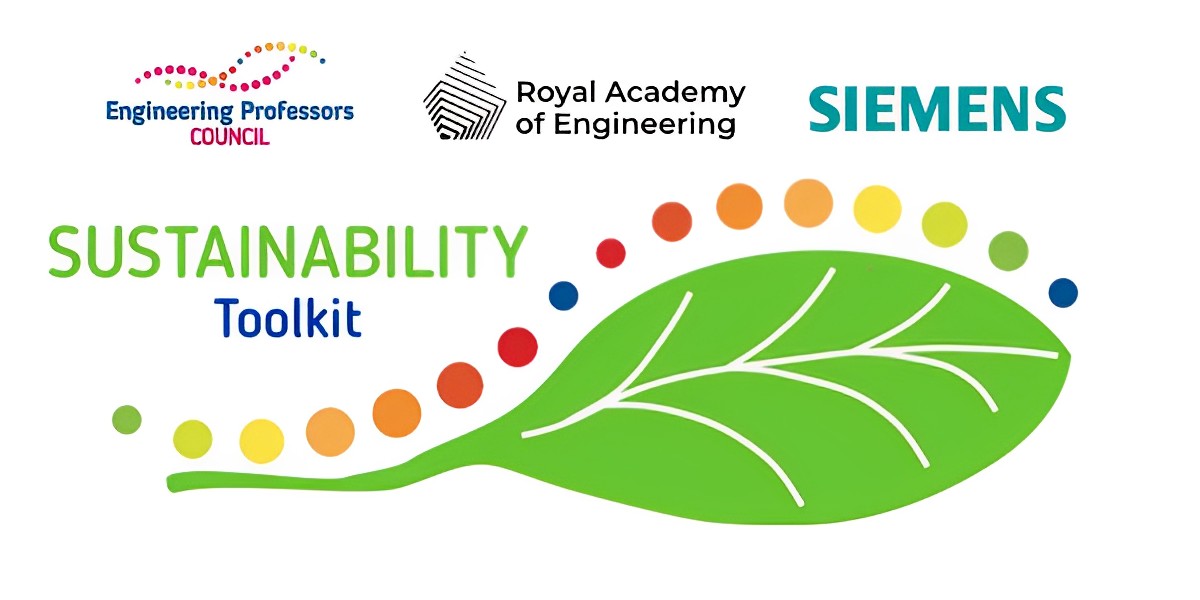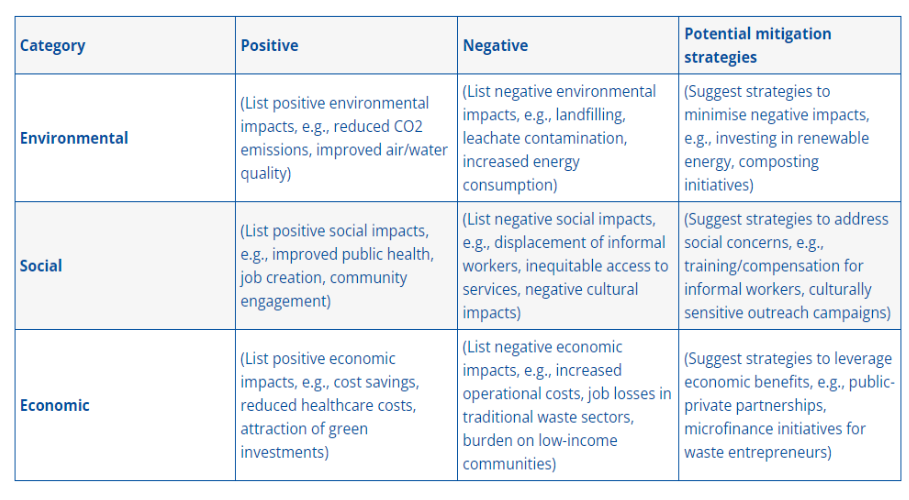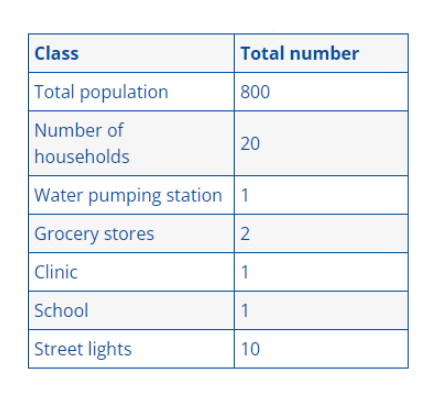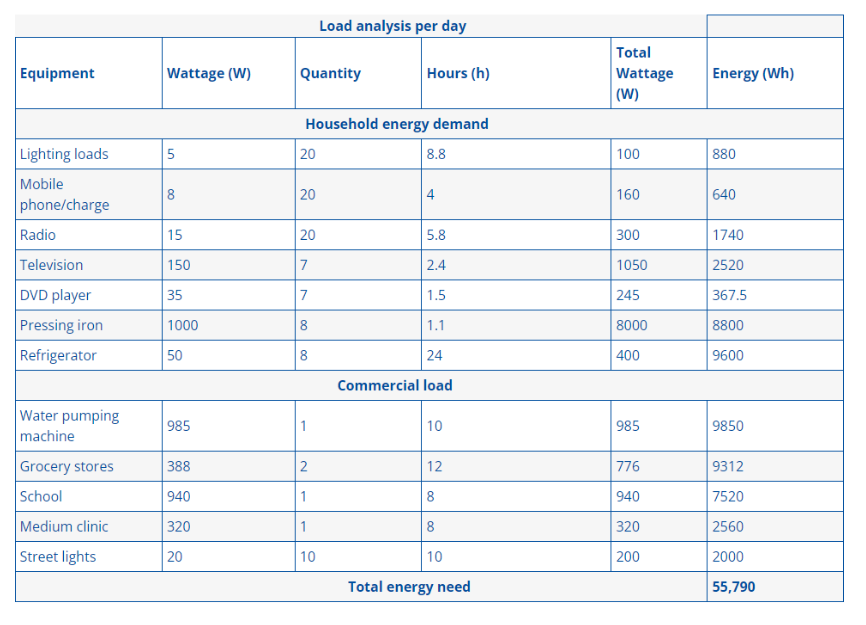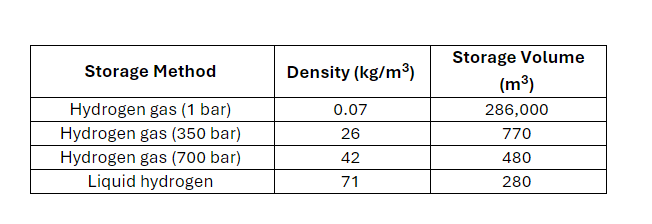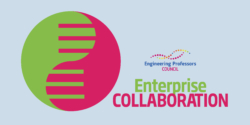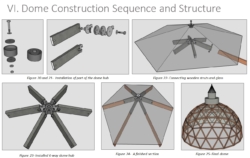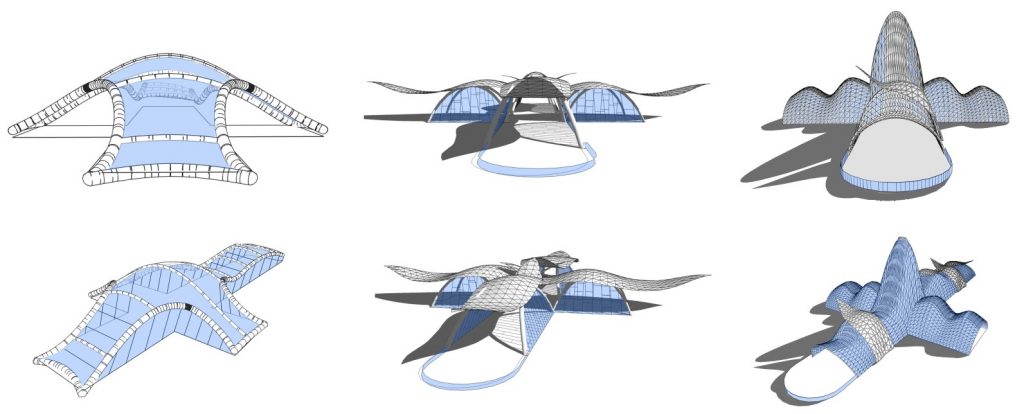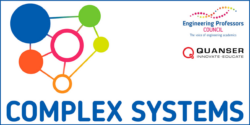 Toolkit: Complex Systems Toolkit.
Toolkit: Complex Systems Toolkit.
Author: Dr. Rhythima Shinde (KLH Sustainability).
Topic: Applying Cynefin framework for climate resilience.
Title: Managing floods in urban infrastructure.
Resource type: Teaching – Case study.
Relevant disciplines: Civil engineering; Environmental engineering; General engineering.
Keywords: Available soon.
Licensing: This work is licensed under a Creative Commons Attribution-ShareAlike 4.0 International License.
Related INCOSE Competencies: Toolkit resources are designed to be applicable to any engineering discipline, but educators might find it useful to understand their alignment to competencies outlined by the International Council on Systems Engineering (INCOSE). The INCOSE Competency Framework provides a set of 37 competencies for Systems Engineering within a tailorable framework that provides guidance for practitioners and stakeholders to identify knowledge, skills, abilities and behaviours crucial to Systems Engineering effectiveness. A free spreadsheet version of the framework can be downloaded.
This resource relates to the Systems Thinking, Requirements Definition, Communication, Design For, and Critical Thinking INCOSE Competencies.
AHEP4 mapping: This resource addresses several of the themes from the UK’s Accreditation of Higher Education Programmes fourth edition (AHEP4): Analytical Tools and Techniques (critical to the ability to model and solve problems), and Integrated / Systems Approach (essential to the solution of broadly-defined problems). In addition, this resource addresses the themes of Sustainability and Communication.
Educational level: Beginner; intermediate.
Acknowledgement:
The case study underpinning this teaching activity was developed by Prof. Kristen MacAskill (University of Cambridge). The Module was first developed and implemented in teaching by TEDI- London, led by a team of learning technologists, Ellie Bates, Laurence Chater, Pratishtha Poudel, and academic member, Rhythima Shinde. This work was carried out in collaboration with the Royal Academy of Engineering through its Engineering X programme — a global partnership that supports safer, more sustainable engineering education and practice worldwide. With critical support from Professor Kristen MacAskill and involvement of Ana Andrade and Hazel Ingham, Aisha Seif Salim. This was a collective effort involving many individuals across TEDI-London and RAEng (advisors and reviewers), and while we cannot name everyone here, we are deeply grateful for all the contributions that made this module possible.
Learning and teaching notes:
This case study introduces a structured, systems-thinking–based teaching resource. It provides educators with tools and frameworks—such as the Cynefin framework and stakeholder mapping—to analyse and interpret complex socio-technical challenges. By exploring the case of the Queensland, Australia floods, it demonstrates how engineering decisions evolve within interconnected technical and social systems, helping students link theory with practice.
The Cynefin framework (Nachbagauer, 2021; Snowden, 2002), helps decision-makers distinguish between different types of problem contexts—simple, complicated, complex, chaotic, and disordered. In an engineering context, this framework guides learners to recognise when traditional linear methods work (for simple or complicated problems) and when adaptive, experimental approaches are required (for complex or chaotic systems).
Within this teaching activity, Cynefin is used to help students understand how resilience strategies evolve when facing uncertainty, incomplete information, and changing stakeholder dynamics. By mapping case study events to the Cynefin domains, learners gain a structured way to navigate uncertainty and identify appropriate modes of action.
This case study activity assumes basic familiarity with systems concepts and builds on this foundation with deeper application to real-world socio-technical challenges.
Summary of context:
The activity focuses on a case study of 2010–2011 floods in Queensland, Australia, which caused extensive damage to urban infrastructure. The Queensland Reconstruction Authority (QRA) initially directed resources to short-term asset repairs but subsequently shifted towards long-term resilience planning, hazard management, and community-centred approaches.
The case resonates with global engineering challenges, such as flood, fire, and storm resilience, and can be easily adapted to local contexts. This case therefore connects systems thinking theory directly to engineering and governance decisions, illustrating how frameworks like Cynefin can support engineers in navigating uncertainty across technical and institutional domains.
Learning objectives:
Aligned with AHEP4 (Engineering Council, 2020) – Outcomes 6, 10, and 16 on systems approaches, sustainability, and risk – this activity emphasises systems thinking, stakeholder engagement, problem definition, and decision-making under uncertainty.
This teaching activity introduces learners to the principles and practice of systems thinking by embedding a real-world case study into engineering education (Godfrey et al., 2014; Monat et al.,2022). The objectives are to:
- Enable students to recognise interconnections, interdependencies, and evolving behaviours of stakeholders within socio-technical systems.
- Support learners in applying systems frameworks —particularly the Cynefin framework and stakeholder mapping—to analyse complexity, uncertainty, and decision-making in climate resilience and disaster mitigation contexts.
- Apply systems thinking tools and frameworks to real-world challenges, such as climate resilience and disaster mitigation.
- Strengthen confidence in addressing uncertainty and complexity in engineering problem-solving.
- Collaborate effectively across diverse teams, appreciating multiple stakeholder perspectives.
- Reflect critically on trade-offs and decision-making in engineering practice.
- Equip students to transfer systems insights from case-based scenarios to broader projects in their curriculum and future professional practice.
Teachers have the opportunity to:
- Introduce students to complex systems concepts through engaging, real-world case studies.
- Facilitate interactive, blended learning using narrative-driven tools, explainer animations, and role-play exercises.
- Assess learners’ baseline and improved understanding of systems thinking through pre- and post-module surveys.
- Guide students in navigating multiple systems frameworks while managing cognitive load.
- Encourage interdisciplinary collaboration and stakeholder-focused analysis within classroom or project-based settings.
- Adapt and scale the teaching activity for different educational levels, contexts, and case study themes (e.g., floods, wildfires, extreme heat).
Downloads:
- A PDF of this resource will be available soon.
Learning and teaching resources:
Time required:
The teaching activity is designed for 4–6 hours of structured learning, delivered across three modules:
1. Context (1–2 hours)
2. Analysis and insights (1–2 hours)
3. Discussion and transferable learning (1–2 hours)
Materials required:
1. Open access online learning platform: Engineering for a complex world
This dedicated platform hosts the interactive modules designed for this teaching activity. Students progress through three modules — Context, Analysis and Insights, and Discussion and Transferable Learning. Each module includes animations, narrative-driven content, scenario prompts, and interactive tasks. The platform ensures flexibility: it can be used in fully online, hybrid, or face-to-face settings. All necessary digital assets (readings, maps, videos, and quizzes) are embedded, so learners have a “one-stop” environment.
2. Case study pack: Queensland Reconstruction Authority flood response
The core teaching narrative is anchored in this Engineering X case study. It documents the evolution of the Queensland Reconstruction Authority (QRA) from a short-term flood recovery body to a long-term resilience institution. This resource provides students with authentic socio-technical detail — including stakeholder conflicts, institutional learning, and systemic barriers — which they then interrogate using systems thinking frameworks.
3. Facilitator’s guide: (Appendix A)
This guide equips educators to deliver the course consistently and effectively. It includes:
-
- Suggested orientation text and icebreakers.
-
- Clear learning objectives and expected outcomes.
-
- Instructions for accessing online modules and technical requirements.
-
- A breakdown of module structure, including group and individual assignments (e.g. scenario handouts, bot-based discussions).
-
- Guidance on hybrid delivery and interaction with digital assets.
-
- Strategies for collecting responses and supporting accessibility.
4. Timeline touchpoints: (Appendix B)
This resource provides a suggested delivery schedule for facilitators. It maps when live sessions, asynchronous tasks, and group discussions should occur, ensuring students remain engaged over the course. It also indicates where key reflective points and assessments (both formative and summative) can be integrated.
5. Pre- and post-module assessment form: (Appendix C)
This tool evaluates students’ systems thinking learning outcomes. It includes:
-
- Baseline survey: assesses initial understanding of systems thinking, approaches to complex problems, and confidence in collaboration.
-
- Scenario-based survey: applies systems thinking questions to a specific context (e.g. extreme monsoon rains and flooding in the case of Sakura Cove – as per the group assignment in module 1).
-
- Post-module survey: measures changes in understanding, confidence, and skills, while also capturing qualitative reflections on learning.
The form provides both quantitative data (Likert scales) and qualitative insights (open-ended reflections), enabling robust evaluation of teaching impact.
Assessment:
- Formative: Pre- and post-module surveys assess changes in learners’ self-reported understanding of systems thinking (Appendix A). Facilitators may adapt reflective prompts and scenario-based activities as part of coursework.
- Summative (optional): Students can integrate insights into ongoing design projects (e.g. climate resilience in urban redevelopment), with assessment based on problem analysis, stakeholder engagement, and solution development.
Narrative of the case:
Learners are introduced to the case via a fictional guide, “Bernice,” who frames the scenario and supports navigation through the material. Students work through three stages that progressively apply the Cynefin framework and other systems tools to understand how resilience emerges through evolving governance and engineering responses:
1. Context module:
-
- Initial Mandate: Students explore how the QRA was first tasked with rapid technical recovery—fixing roads after flood damage.
-
- Narrative Depth: They study the Queensland floods of 2010–11 not just as a physical shock, but as a systemic stress test on multiple layers: infrastructure, governance, and community systems.
2. Analysis & insights module:
-
- Framework Application: Learners apply systems frameworks (e.g., Cynefin, stakeholder maps) to see how QRA’s remit expanded over time—from asset restoration to hazard anticipation and community resilience.
-
- Knowledge Types: Students distinguish between explicit knowledge (e.g., rebuild standards, hydrology data) and tacit knowledge (e.g., local inter-agency trust, relational coordination).
-
- Governance Layers: Activities explore how resilience depends on multi-level governance, local-state-federal coordination, and overcoming systemic barriers like funding cycles or short-lived institutional mandates.
3. Discussion & transfer learning module:
-
- Reflective Debate: Students weigh whether engineering alone can deliver resilience, or whether social relationships and institutions are equally critical.
-
- Barrier Identification: They debate typical constraints—political, funding, institutional—and propose ways systems thinking can mitigate them.
-
- Transfer Lab: Learners apply the evolved QRA model to other scenarios—e.g., urban heat adaptation or wildfires—considering both technical measures and governance dynamics.
Interactive learning design:
The teaching activity integrates multiple interactive elements to immerse students in systems thinking:
- Role-play simulations: Learners take on the role of Queensland Reconstruction Authority (QRA) decision-makers, negotiating trade-offs between immediate engineering fixes and long-term institutional resilience. This requires balancing technical priorities with building trust, relationships, and governance capacity.
- Scenario challenges: Students are presented with governance disruptions (e.g. funding cuts, loss of stakeholder trust, leadership turnover). They must reframe solutions using systems approaches, moving from reactive technical patchworks towards adaptive, capacity-building strategies.
- Interactive digital tools: The online platform provides hotspot maps for exploring interdependencies, drag-and-drop activities for categorising frameworks, explainer animations, and AI-driven chatbot negotiations with sceptical stakeholders. These exercises develop critical and applied problem-solving skills.
- Collaborative reflection: Group discussions and peer-to-peer feedback allow learners to surface diverse perspectives, debate trade-offs, and integrate insights into ongoing project briefs.
Why this approach adds value:
Although rooted in social-technical interactions, the activity explicitly connects systems thinking to core engineering design competencies—problem framing, stakeholder analysis, and iterative solution development under uncertainty
- Holistic understanding of resilience: Students experience resilience as more than just technical recovery. They engage with a dynamic system that includes knowledge creation, governance evolution, and social relationships.
- Adaptive systems thinking in action: The evolving narrative demonstrates how system boundaries shift over time, and how sustainable outcomes require not only engineering but institutional and cultural change.
- Direct relevance to real-world engineering: The case mirrors global infrastructure challenges where effective disaster response and resilience planning depend on the interplay between technical solutions, governance capacity, and community engagement.
Guided questions and activities:
Facilitators can use these prompts to stimulate inquiry and structured reflection:
- Who are the key stakeholders in the QRA flood response, and where do their priorities align or conflict?
- How do feedback loops and interdependencies influence resilience planning?
- What trade-offs exist between rapid repair and long-term resilience?
- How can systems frameworks such as the Cynefin model or stakeholder mapping guide decision-making under uncertainty?
- In role-play: how would you convince a sceptical funder (AI chatbot) to invest in resilience measures?
- How could lessons from flood mitigation be applied to other contexts such as wildfire or urban heat resilience?
Opportunities for extension:
In addition to the Queensland floods and Sakura Cove examples, educators may draw parallels with urban heat planning in London, wildfire adaptation in Australia, or storm resilience in the Netherlands. These comparative cases allow learners to generalise systems insights beyond one event or geography.
The activity is designed to be scalable and adaptable:
- Broader case study base: Educators can expand beyond flood resilience to include wildfire, storm, or extreme heat events.
- Integration with larger modules: The activity can be embedded into project-based learning modules (e.g. urban redevelopment, transport network resilience).
- Advanced complexity: For higher-level learners, facilitators can introduce additional frameworks (e.g. agent-based modelling, system dynamics) to deepen analysis.
This flexibility allows educators to tailor the activity to their students’ level of expertise, institutional context, and disciplinary focus.
References:
- Design Council. (2021). Beyond Net Zero: A systemic design approach. Design Council.
- Godfrey, P., Crick, R. D., & Huang, S. (2014). Systems thinking, systems design and learning power in engineering education. International Journal of Engineering Education.
- Monat, J., Gannon, T., & Amissah, M. (2022). The case for systems thinking in undergraduate engineering education. International Journal of Engineering Pedagogy, 12(3), 50–88.
- Nachbagauer, A. (2021). Managing complexity in projects: Extending the Cynefin framework. Project Leadership and Society, 2, 100017.
- Snowden, D. (2002). Complex acts of knowing: paradox and descriptive self‐awareness. Journal of knowledge management, 6(2), 100-111.
Any views, thoughts, and opinions expressed herein are solely that of the author(s) and do not necessarily reflect the views, opinions, policies, or position of the Engineering Professors’ Council or the Toolkit sponsors and supporters.
